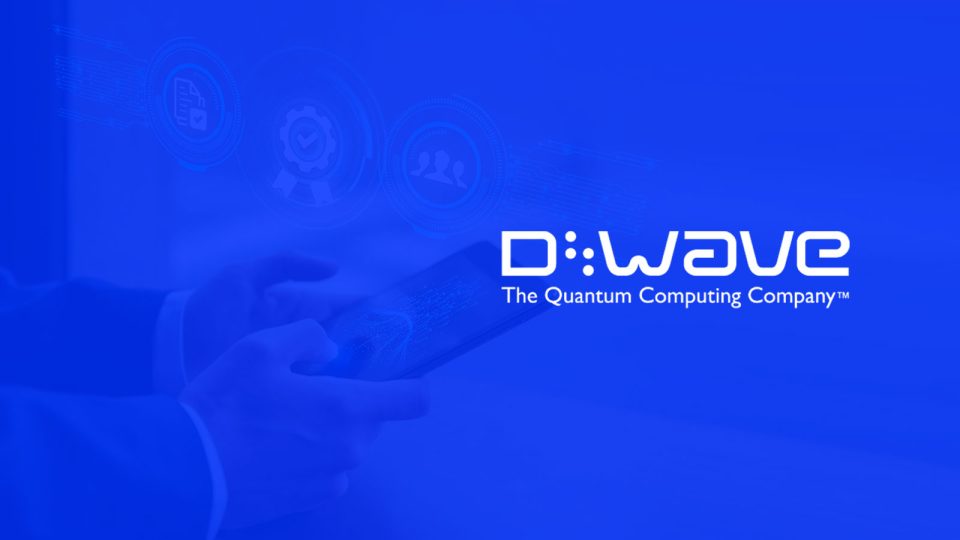Open-source example highlights quantum’s potential to help network providers reduce operational costs and power requirements; reinforces practical applicability of D-Wave’s quantum solutions
D-Wave Quantum Inc., a leader in quantum computing systems, software, and services and the world’s first commercial supplier of quantum computers, launched a new open-source demonstration highlighting how its Advantage annealing quantum computing system can be used to tackle wireless channel decoding. The demo, available now in the Leap real-time quantum cloud service, identifies solutions for increasing transmission capacity for wireless and cellular networks using coordinated multipoint decoding.
“The commercialization of quantum is here, as a wide variety of companies spanning a diverse set of industries recognize the value D-Wave’s technology can bring to driving operational excellence, today”
According to the GSMA (Global System for Mobile Communications Association), the number of mobile connections worldwide is approaching 12 billion, and with that growth comes increased complexity. The wireless industry requires new solutions to ensure high-quality levels of service while reducing operational costs and power requirements. This new application demonstrates how D-Wave’s annealing quantum processing unit (QPU) can improve transmission performance (reduced transmission errors), particularly in dense urban areas characterized by high noise (low signal-to-noise ratios) and load (large numbers of cellphones per base station).
CIO INFLUENCE News: IBM Expands Relationship with AWS to Bring Generative AI Solutions and Dedicated Expertise to Clients
This example is the latest of D-Wave’s demonstrations of the practical applicability of its quantum and quantum-classical hybrid solutions. Recently, D-Wave announced work with LG U+, the Korea Advanced Institute of Science and Technology (KAIST) and Qunova Computing to propel the development of a 6G low-earth-orbit satellite network, through connectivity of ground-to-satellite links (SGLs) and inter-satellite-links (ISLs). Other telecom-related applications that can benefit from D-Wave’s quantum technologies include: employee scheduling for workforce resource management, network design and expansion planning, call center routing, scheduling and routing of service vehicles, and more.
CIO INFLUENCE News: Foundry for AI by Rackspace Partners with Straits Interactive to Launch AI Data Protection Officer on Microsoft Azure OpenAI Service
“The commercialization of quantum is here, as a wide variety of companies spanning a diverse set of industries recognize the value D-Wave’s technology can bring to driving operational excellence, today,” said Trevor Lanting, vice president of software, algorithms and cloud services at D-Wave. “In the world of wireless telecommunications, the high degree of complexity and large number of variables means a massive amount of computational power is required to solve challenging problems like increasing transmission capacity. Our demonstration shows how well our annealing quantum computing system can tackle challenges of this magnitude relative to classical computation, which could be transformative to network service providers.”
CIO INFLUENCE News: SoftServe and Redpoint Global to Deliver Patient-Centric, Personalized Healthcare Experiences
[To share your insights with us, please write to sghosh@martechseries.com]


